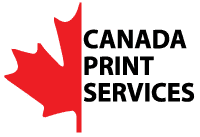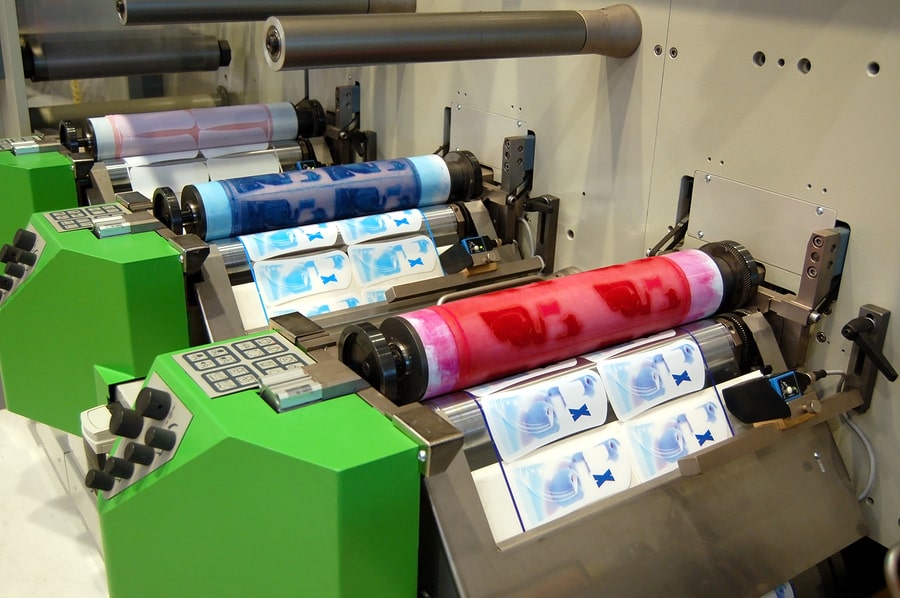If you are new to the printing industry, it can get overwhelming, especially if you have no knowledge about the different types of printing services. They have their own advantages and disadvantages. Some of them are better for low volume runs while others might be more suitable for short print runs. It can be hard and confusing to choose the perfect printing service for you so here is a quick guide on the 8 major types of printing services that are open to you.
Digital Printing
This printing method is becoming more and more popular because of its high-quality outputs and speedy printing process. In digital printing, there is no need for plates to be prepared. It also doesn’t need to go through the setup process like offset printing does so it saves a lot of energy and manpower too. In addition, there are less chemical and paper waste in this method because the ink and toner doesn’t get absorb by the paper but only remains in the surface.
There are two main technologies that rules the digital printing industry. These are inkjet and xerography. Inkjet printers are most commonly used on posters, signage and short printing runs for books while xerographic printers, or laser printing are used on brochures, direct mail, short printing runs of books and other documents. Digital Printing is a better choice for short printing runs because it is a lot cheaper than offset printing.
Offset Printing
Also called as offset lithography printing, this method is a great choice for high volume print runs. Offset printing has the best printing quality among all the printing services. It makes use of plates that are run through water and then ink. What happens is that the ink sticks to the spaces where there are text and images. Water, on the other hand, sticks to the blank spaces or the non-image areas of the plates. One disadvantage is that mistakes can’t easily be changed once the layout has already been placed on the plate.
The two major types of offset presses are sheet-fed and web. The main difference between these two is that in sheet-fed, the paper is already cut prior to printing while in web press, the paper is in a roll first and cut after printing. Offset printing is used on almost any type of printing on paper— brochures, posters, newspapers, magazines, etc.
Flexography
Have you ever wondered how plastic and grocery bags are labeled? Flexography is the printing service that is responsible for it. Because of its versatility and ability to print on various bases, it is becoming the fastest growing printing processes.
The printing method uses flexible relief plates that can be stuck to a printing cylinder. It is also called as an updated version of letterpress, which is known as the original printing process way back in 15th century. Flexography can be used in the printing of food packaging, plastic bags, gift wrap, wallcovering, magazines, newspaper inserts, etc.
Screen Printing
Screen printing or silk screening is recognized as the most versatile among all forms of print reproduction. The process involves ink being transferred to a base, except for areas that are blocked by a stencil that makes it impossible for the ink to reach.
Screen printing can be used on various materials such as paper, plastic, metal, fabric and glass can be screen printed. This is the most common method used to print items on mugs, clothing and billboards.
Gravure Printing
Just like offset printing, gravure printing is also a great choice for printing high quality and high volume materials like magazines, mail order catalogues, brochures and other long run publications. This high-quality printing technique utilizes direct contact between paper and an etched copper plate and can be very expensive.
The National Geographic magazine is one example of a high-quality publication that uses the photo gravure printing process. Gift wrap, wallpaper, plastic laminates, printed upholstery, and vinyl flooring can also be created using this printing process.
Gravure printing also has a sheet-fed process which is used for smaller print runs. Examples of these items are artworks and prints, photographic books, high quantity postage stamps, and some promotional pieces.
Now that you have the basic information on the 5 major types of printing services, you can now weight your options and narrow down your choices. Always make sure to prioritize quality of cost. Each one of these printing services have their strengths and weaknesses so keep that in mind while making your final decision.

